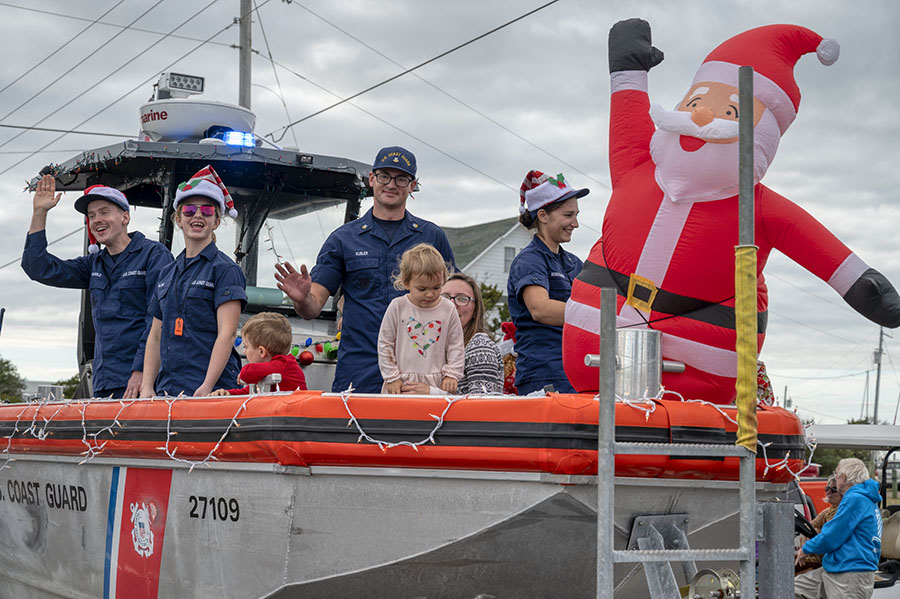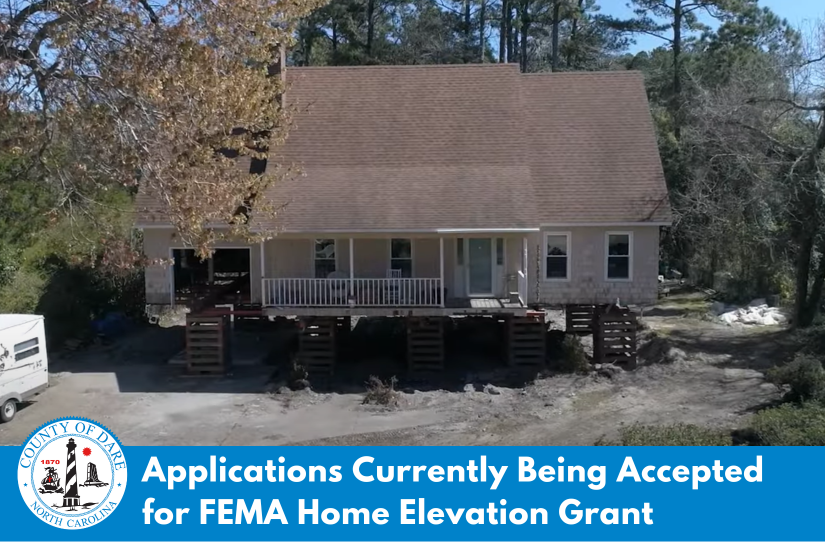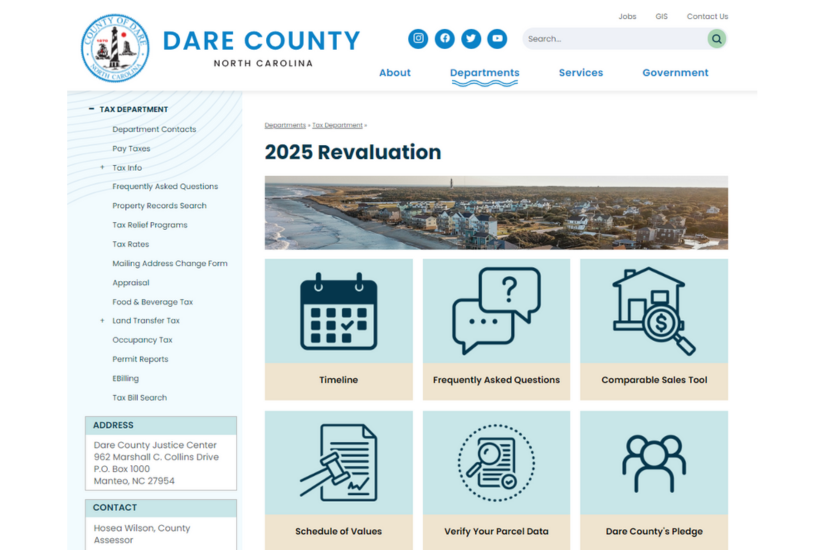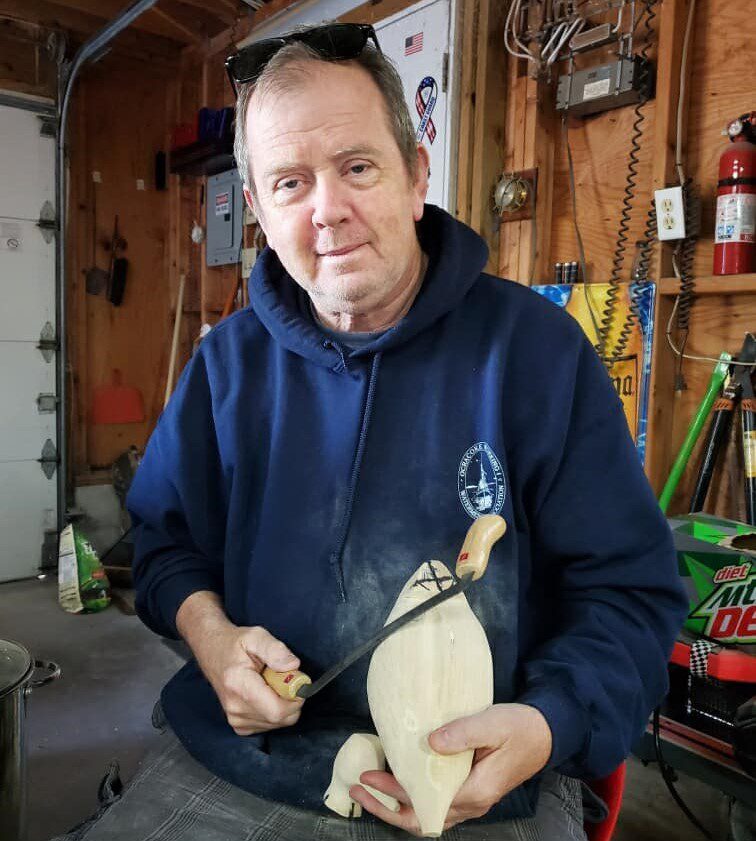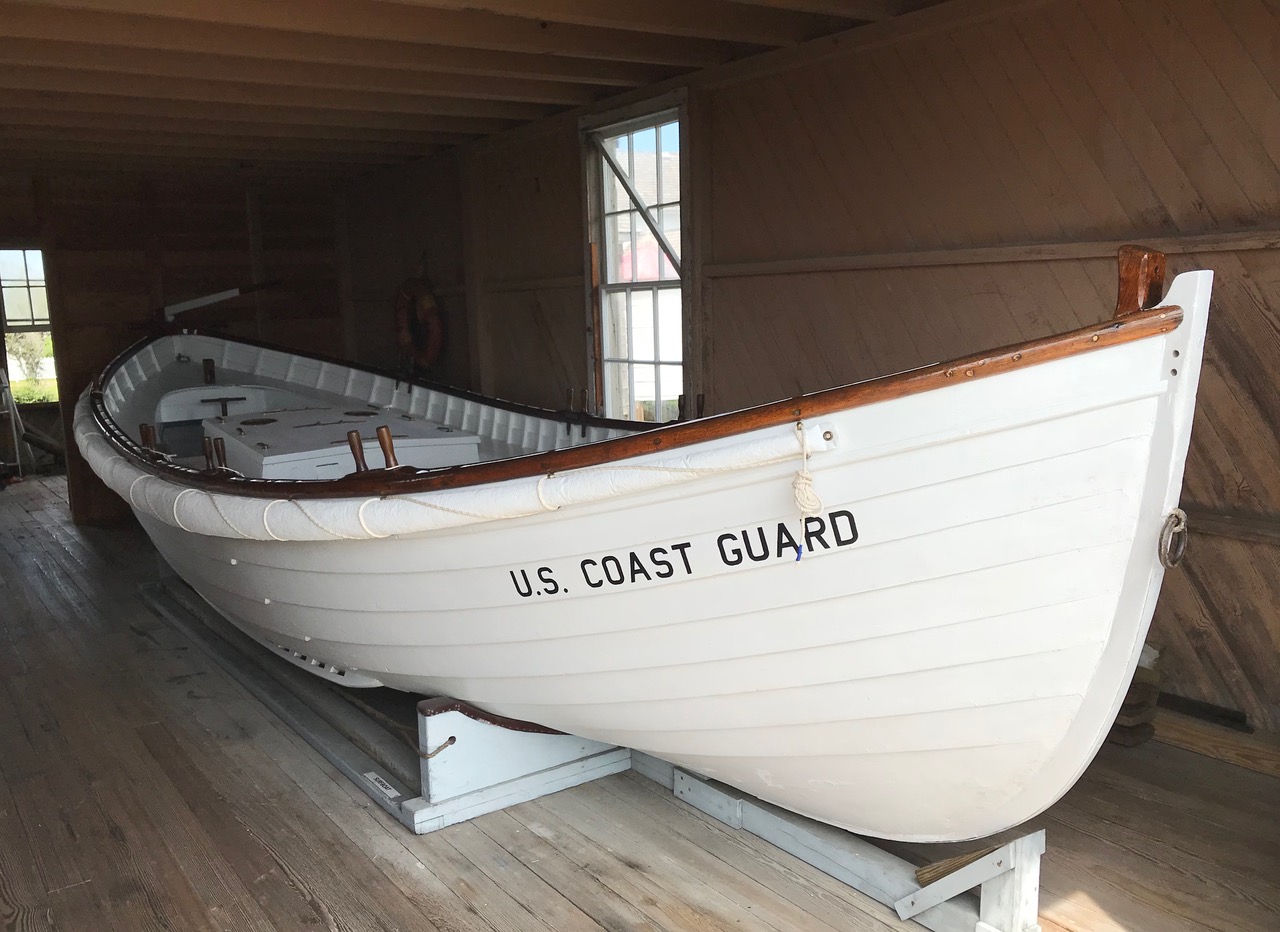By JIM TROGDON
I want to correct some errors in statements made since the Bonner Bridge closure, particularly by plaintiffs’ counsel on this issue, that occasionally are reported as fact.
In this case, plaintiffs’ counsel is the Southern Environmental Law Center, which represents Defenders of Wildlife and the National Wildlife Refuge Association.
1. The North Carolina Department of Transportation and previous governors have never selected the long bridge as a preferred alternative. In 2003 the long bridge was agreed to be studied in detail, based on misinformation by SELC and others, which was later proved erroneous by the U.S. Secretary of Interior and an Assistant Secretary of Interior.
At that time SELC stated, and still does today, that improvements within the existing right-of-way could not be eligible for permits and would not receive a compatibility determination by U.S. Fish and Wildlife Service. These statements ultimately drove the need to study the long bridge and were later determined to be absolutely and irresponsibly false. Former Secretary of DOI Kempthorne and his Assistant Secretary Manscen both invalidated that position and these statements by SELC.
2. Long bridge as a viable option. The long bridge will never be built in North Carolina for multiple reasons. It would be the most expensive single bridge built in the U.S. to date and second longest bridge on the earth. North Carolina could never afford it in any reasonable scenario, because there is an option using the existing right-of-way. Also, building the long bridge would have substantially greater environmental impacts and be in violation of section 404 b (1) of the Clean Water Act. It’s ironic that environmental plaintiffs support an alternative that violates CWA.
3. The current plan was proposed by EPA and is the only plan that has obtained concurrence by federal and state regulatory agencies and the community. The current plan does not leave Hatteras transportation more exposed than the long bridge, since it bridges over erosion and high-risk areas and maintains connections to areas not impacted by erosion through the next 50 years.
4. It is required by NEPA for agencies to use the best data available and publicly present a transparent analysis of all issues and select an alternative through that transparent process. This has been done. The plaintiffs’ comments were received publicly and addressed in detail.
NEPA does not require special interest groups to argue for or against a project in a responsible or factual manner. If it did, SELC would be supportive of the current project, but their arguments to date lack fact, reasonableness, and responsibility, not just as they relate to the citizens of Dare County, but also as they relate to the environment.
The plaintiffs’ objective is truly to return the state right-of-way to USFWS without compensation (inverse condemnation) and to initially limit, then prohibit, access to Hatteras Island to the greatest extent possible.
Never has so few cost so many so much for so long!
(Jim Trogdon has recently retired as chief operating officer for the North Carolina Department of Transportation, where he oversaw, among other things, the Bonner Bridge Replacement project. He has been the Director of Strategic and Transportation Planning for the state Senate and House of Representatives, where he assisted and evaluated the Bonner Bridge Project. He came to that position in 2005 after 23 years in highway engineering. Fifteen of those years were with the North Carolina Department of Transportation, where he was Division Engineer for the Fourth Highway Division (Johnston, Wayne, Wilson, Nash, Edgecombe, and Halifax counties). He has a bachelor’s and master’s degree in civil engineering from North Carolina State University and a master’s in strategic studies from the U.S. Army War College. )
RELATED STORY
To read another of Jim Trogdon’s columns on the Bonner Bridge replacement, go to his 2007 guest column at http://www.islandfreepress.org/Archives/2007.11.15-GuestColumnOptionForReplacingTheBridge.html.





